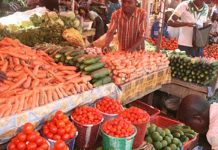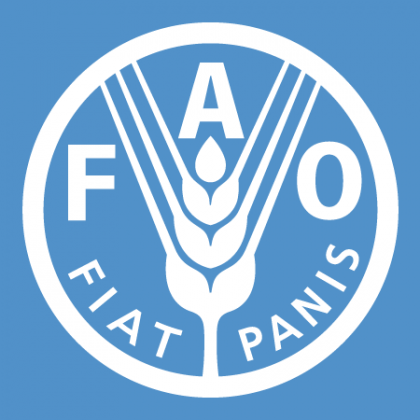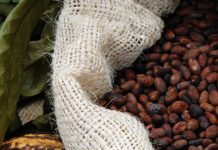For the lay man, pursuing genetic food materials, gfm, is like dabbling in stem cell research. Initially, African agriculturists insisted not to look at that direction. But the advent of austerity coupled with poor agricultural yields in parts of the continent, has suddenly made gfm worth considering.
African nations now call for a review of the approach and benefit-sharing framework for exploration of genetic materials obtained from farmers in developing countries. The increasing effects of hunger around the globe, as well as climate-linked extinction of crops and livestock varieties have forced people, irrespective of religious and moral persuasions to explore the advantages of alternative genetic materials.
Representatives of the continent’s sub-regions raised their concerns at the Seventh Session of the Governing Body of the International Treaty on Plant Genetic Resources for Food and Agriculture held in Kigali last week. The forum sought to expand the basket of crops exchanged through the Treaty’s Multilateral System.
The Treaty’s Multilateral System seeks to remove restrictions to diverse genetic materials stored in gene banks by scientific institutions, plant breeders and other sector players.
According to the Food and Agriculture Organisation, FAO, an agency of the United Nations, the number of food and agriculture plants currently covered under the International Treaty is limited to sixty-four of which maize, rice, wheat, potato, cassava, sorghum and banana, are more notable, which provide 80 per cent of world population’s food intake from plants.
The Assistant Director-General at the FAO, Rene Castro-Salazar said the need to expand the food basket is critical due to rapid population growth and degradation of natural resources.
Experts warn that the increase in global temperatures, disease outbreaks, heavy rainfall and changing ecosystems, could result in some plant and animal species going extinct. There is therefore a need to strengthen the pact for countries to develop crop varieties. Available figures show the multilateral system resulted in an exchange of over four million samples of genetic resources over the past 10 years.
However, delegates from developing countries say the exchange was not mutually beneficial due to lack of monetary contributions to the treaty’s common fund. It was also not clear how the transfer, mostly by private sector research organisations and seed companies, improved food security, livelihoods or contributed to empowering needy communities around the world. Developing countries pushed for stakeholders to commit to making the benefit-sharing provision work for all.
FAO is banking on a stronger pact to provide diversity in crops and livestock genetic resources, which is vital in efforts to eradicate hunger and all forms of malnutrition as part of the 2030 Agenda for Sustainable Development.















